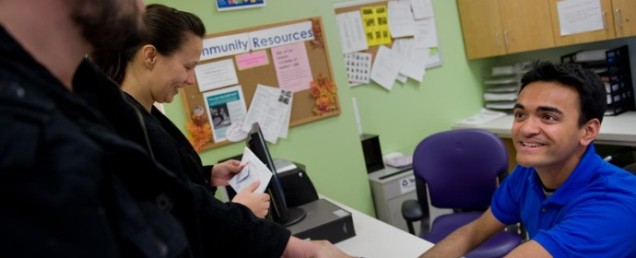This summer I’ve spent quite a bit of time visiting with my family in Connecticut. These kinds of trips to my hometown inevitably make me nostalgic; side effects include stuffing myself with home-cooked meals and watching more Disney movies than I care to admit. I was even inspired to do a throwback-drive-through of my old high school.
However, if I kept driving a bit farther into a neighboring district, what I encounter would be vastly different. Compared to the state high school graduation rate of over 90%, school districts in Connecticut’s poorest cities face graduation rates hovering just above 50% – a pretty stark contrast for a twenty-minute drive. This example is only one part of a larger national pattern, most often termed the achievement gap.
Jumpstart, a national supplemental preschool program, believes that part of the solution is to tackle this gap early on. Research agrees, as studies have shown that preschool can have long-term effects on learning. By the time they start kindergarten, children in low-income neighborhoods may already be behind their peers, a gap that widens over time.
The Jumpstart model combines volunteers, largely consisting of college students, and preschool classrooms to create an optimal learning environment. With activities like reading and “circle time,” the program aims to not only promote development in children but also to encourage a sense of community.
Just following its 20th anniversary, Jumpstart has come a long way since its New Haven origins in 1993. Today, the organization also heads numerous national campaigns to celebrate a love of reading and to advocate the importance of early education.
The achievement gap in the U.S. is one of the most prominent issues in education today. Although research indicators often focus on later statistics, such as high school graduation rates or SAT scores, the fight to close the gap can start much earlier. And so far, Jumpstart has been at the front lines of this battle.
-Serena
Serena Yin graduated with a degree in English from Johns Hopkins University in 2013. She is joining the Washington Reading Corps to promote literacy in local schools. A New England native, she loves ballet, beaches, and hamburgers. When she’s not on the hunt for the nearest Starbucks, she’s working on realizing her lifelong dream of meeting J.K. Rowling.


